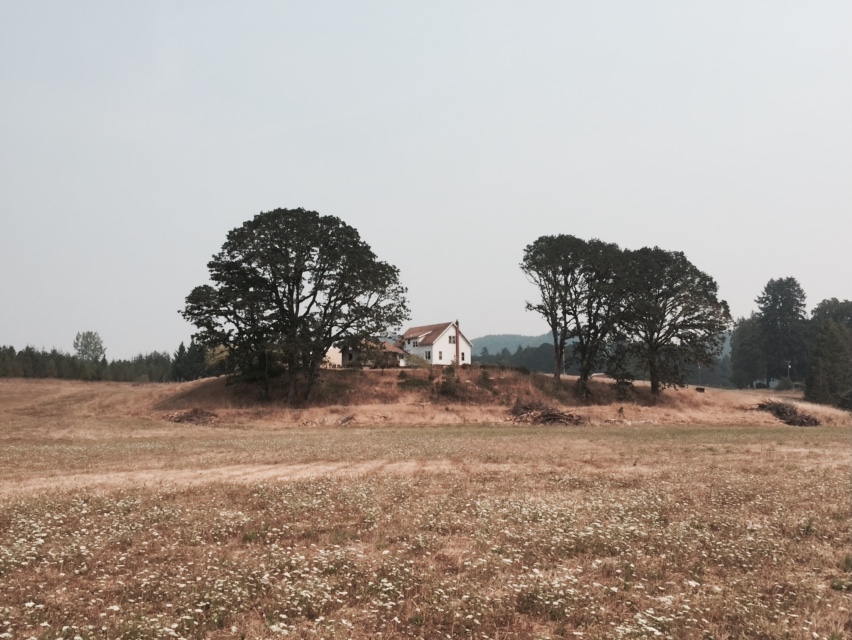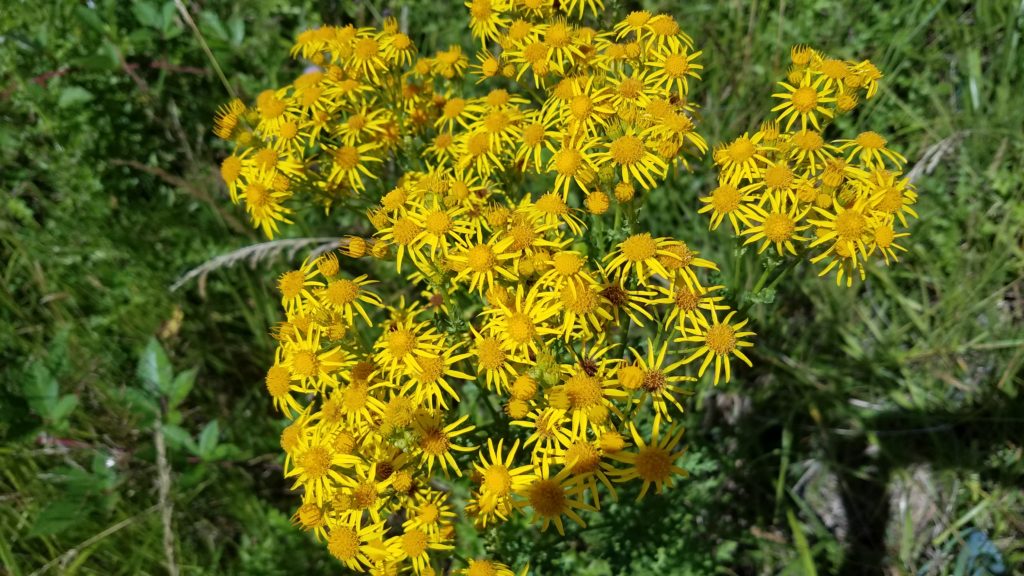
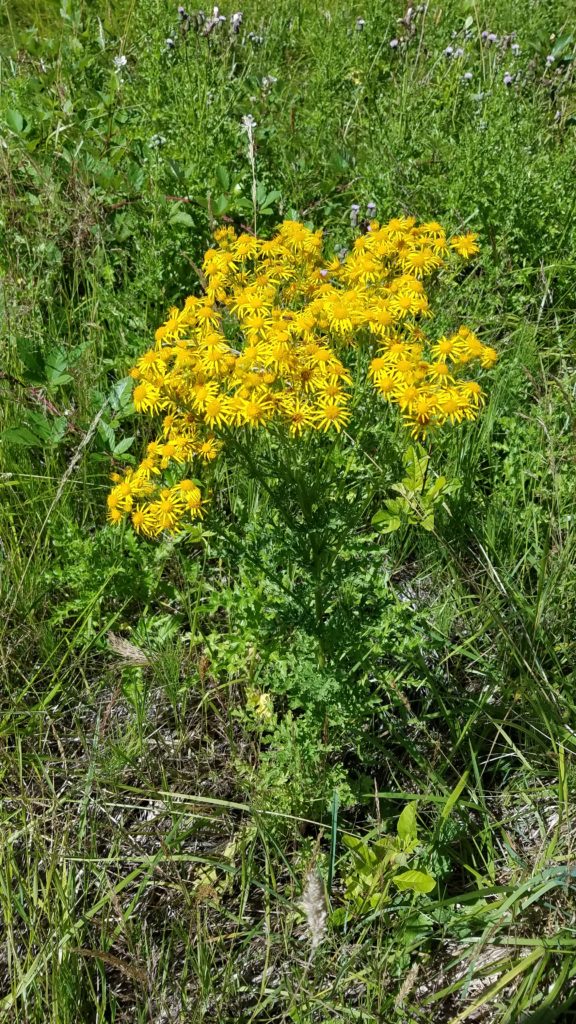
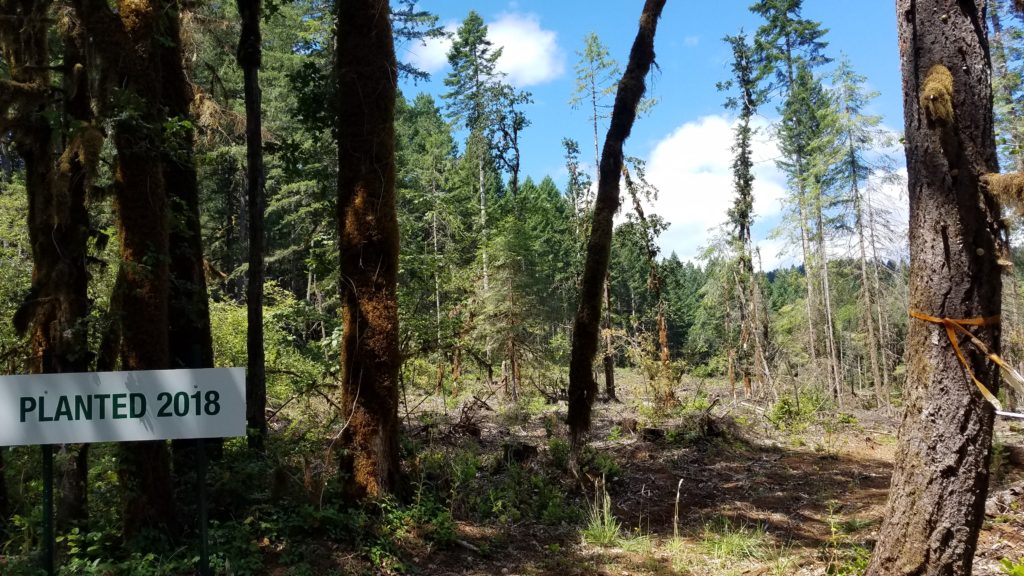
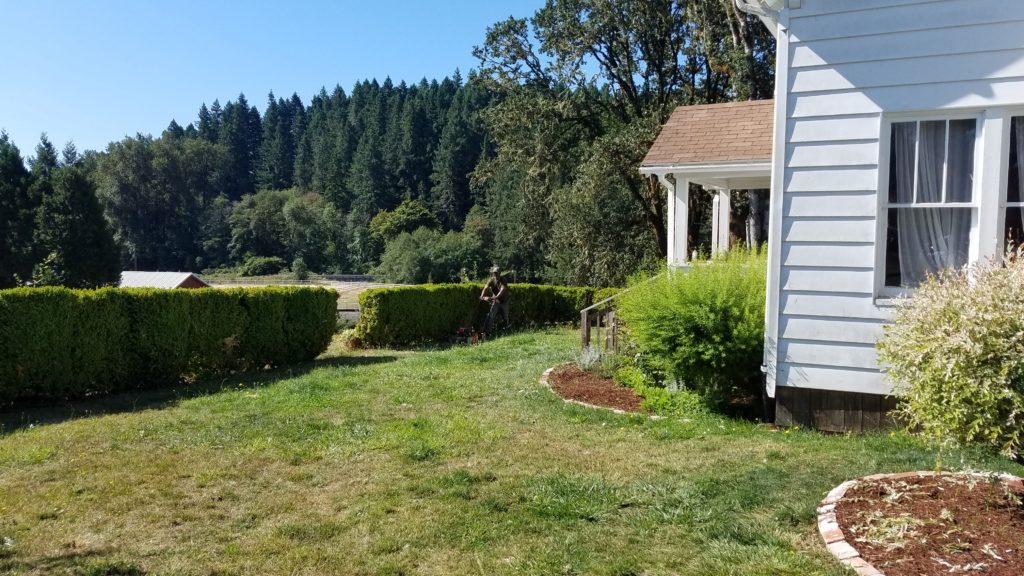
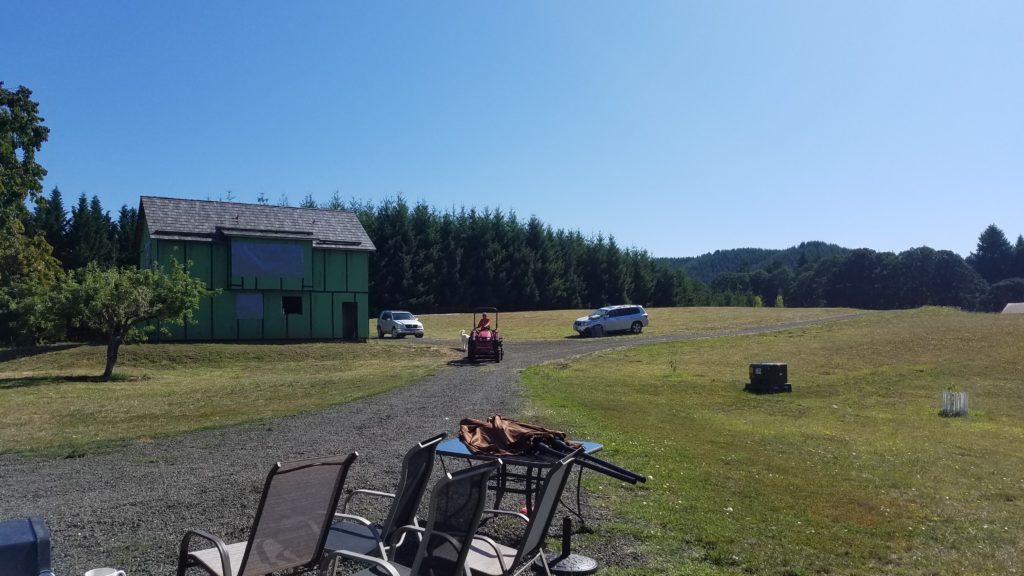
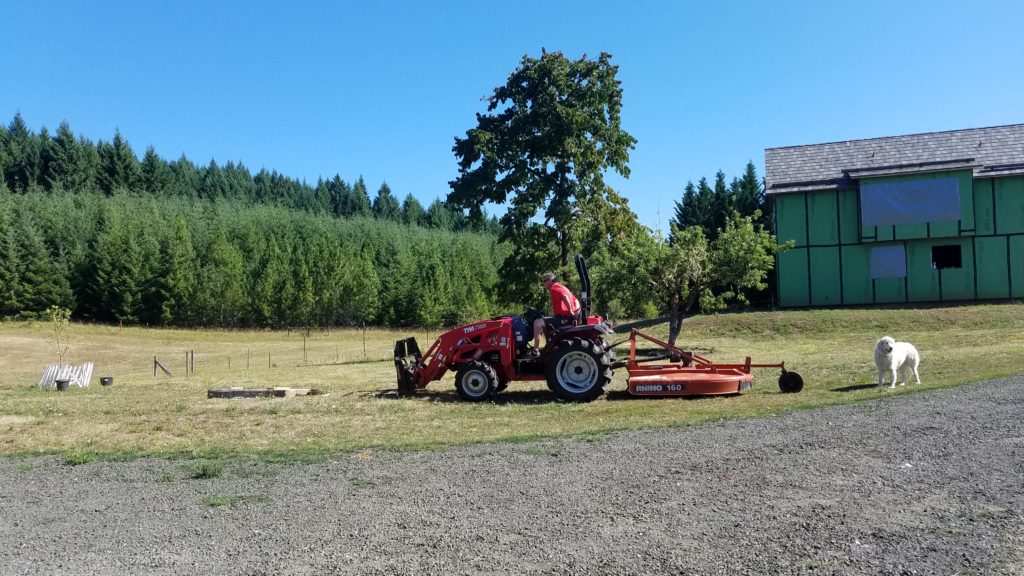
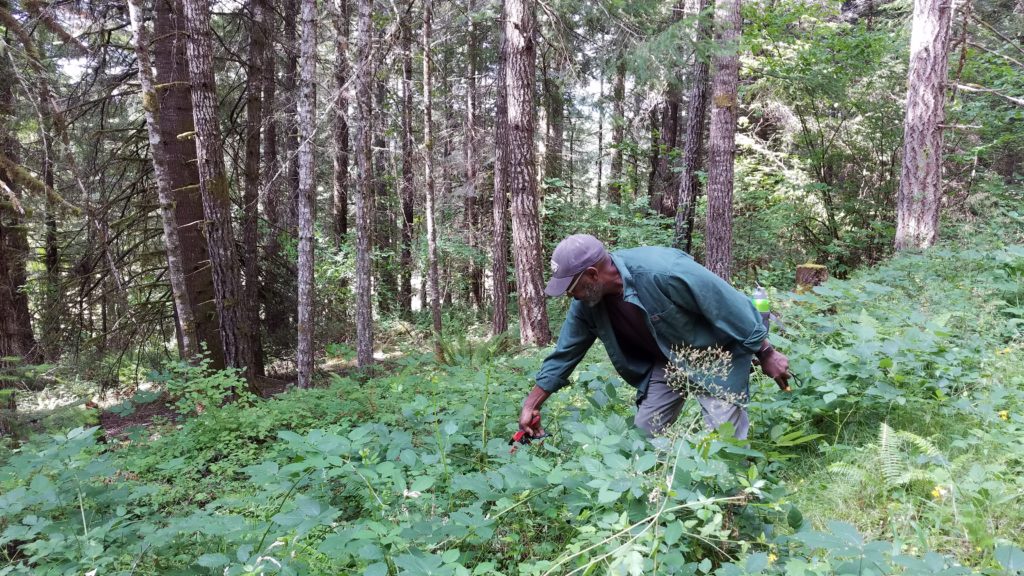
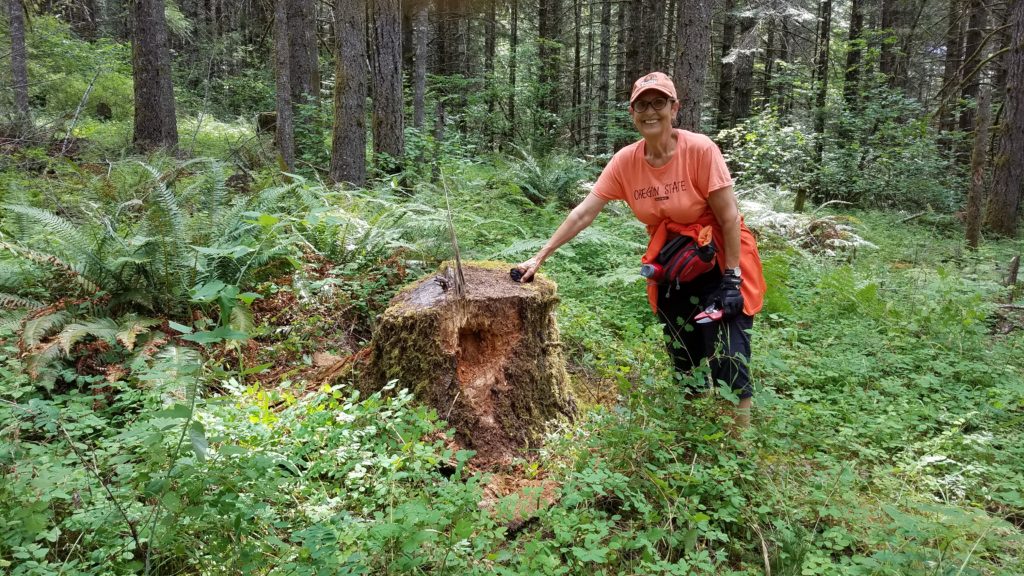
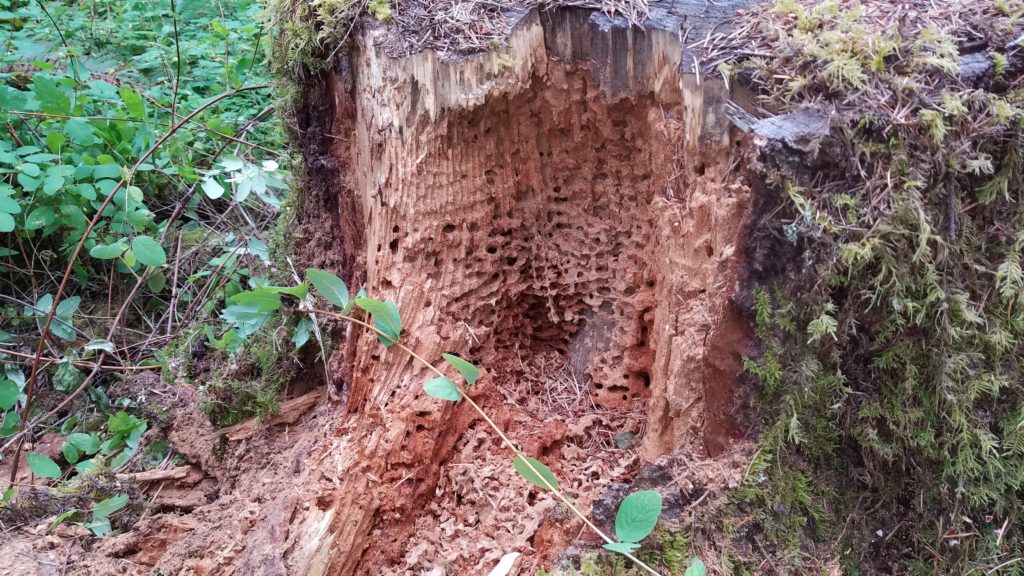
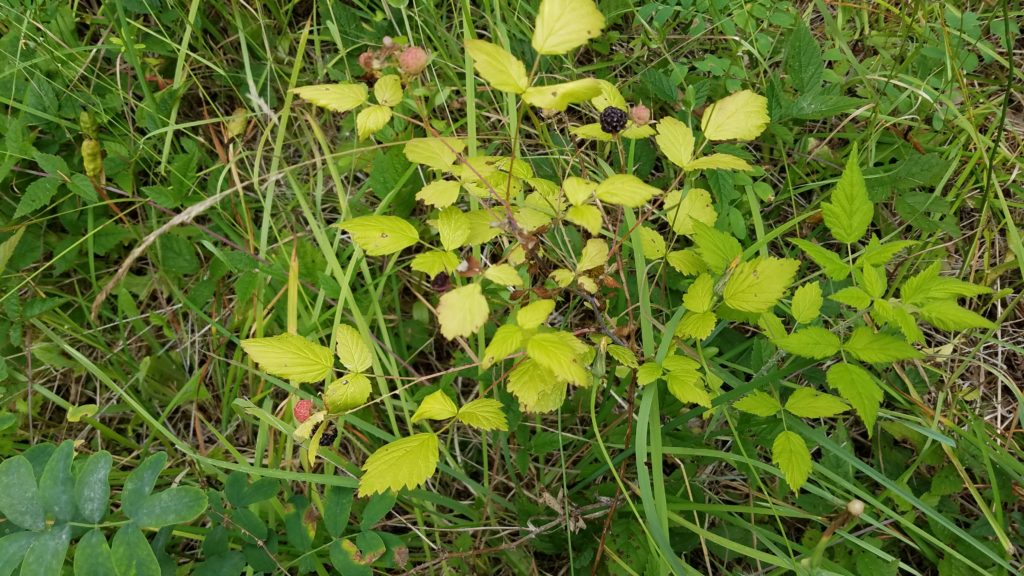
The Black Raspberry
Physical Description: A small, black-colored raspberry with very small white hairs. Known by farmers as a “blackcap” due to the berry coming clean off the bush without a plug, making it hollow inside. The individual cells of the berry are small and do not protrude very far out from the berry.
Taste: More fruity and less tart than a blackberry. Also contains less sugar so is not as sweet. Has a very unique taste that is not really similar to any other berry.
Health: Black raspberries are one of the healthiest berries on the planet. They are lower in sugar than most berries and also contain a lot of fiber (around 8 grams per cup). They contain large amounts of anthocyanins, and around three times the antioxidants found in blackberries. They are also one of the most well-researched berries, especially in the area of cancer prevention.
Quick checklist:
Is it hollow?
Is it about the size of your thumbnail?
Is it make up of small fruit cells?
If you answered yes to those three questions, you probably have found the rare black raspberry! If not, you still have a tasty berry, but it is most likely a blackberry.
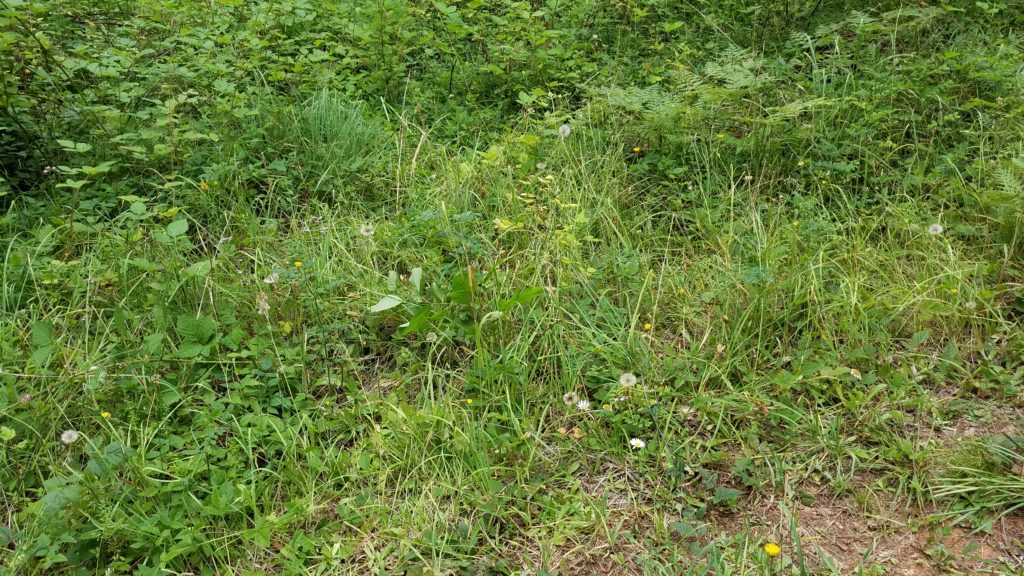
![]()
